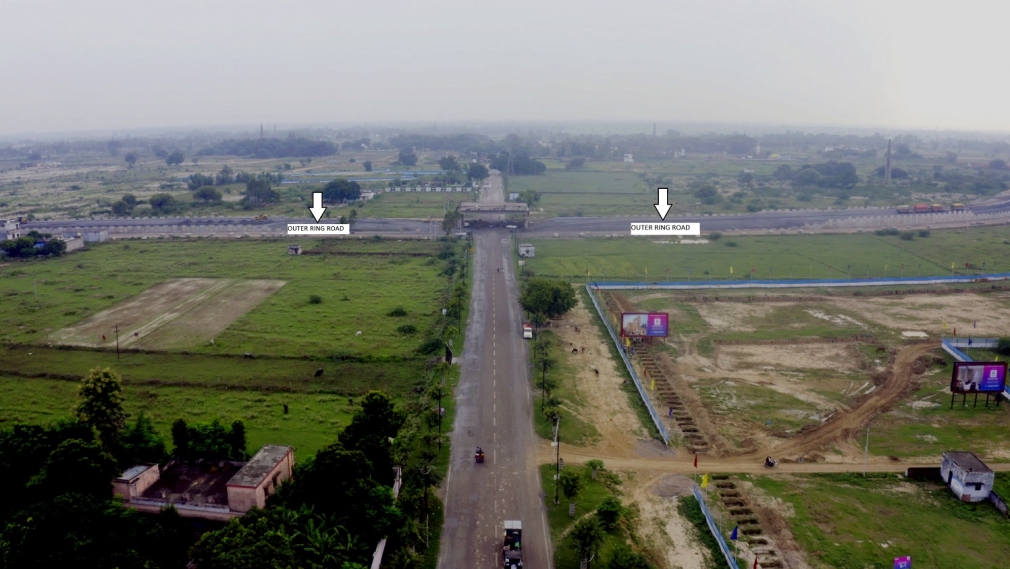The Union Budget 2021-22 will play a pivotal role in sustaining the revival process of the Indian economy which witnessed one of the worst economic slowdowns in 2020 due to the COVID-19 pandemic.
The lockdown was imposed in India in March 2020 and the gradual reopening was allowed in June 2020. It was imperative for governments and businesses across the globe including India to prevent the loss of lives and livelihood. The impact of the lockdown was felt in the Indian economy, which contracted 23.9 percent in the first quarter (April-June 2020). The gradual reopening saw some economic activity and the contraction lessened to 7.5% in the second quarter (July-September).
Festive season: A hope for recovery of economy
The festive season in the third quarter led to some uptick in consumer spending and green shoots were visible in home sales, online retail, vehicle sales, personal care products etc.
Mr. Mohit Goel, CEO, Omaxe Ltd. said “The RBI’s outlook of a positive GDP in Q3 and Q4 of 2020-21 reiterates the fact that economy is bouncing back faster than expected. We have seen demand returning to pre-COVID level in some micro markets in the real estate sector on the back of the measures announced by the government and the RBI. I am hopeful that the economy will display extraordinary resilience and get its mojo back.”
The RBI maintaining an accommodative stance hopefully into the next financial year is a welcome step.
Budget 2021-22 could help sustain recovery
With the Budget approaching, there has been strong expectations from economists and industry that the government will push for sustaining the revival witnessed in the economy.
Mr. Goel adds that the government must accelerate investment in infrastructure development in State Capitals and tier 2/3 cities so that these cities can emerge as the alternative centers for business and employment.
Focus on State Capitals and tier 2/3 cities must
Lucknow, New Chandigarh, Ludhiana, Indore amongst others are some of the cities that have shown great potential in attracting investment; and the State government’s efforts in strengthening the infrastructure and the investment climate will bring about a transformational shift in these cities in the years to come.
India’s urban population is expected to grow to 590 million by 2030 and massive effort and investment in urban rejuvenation will be needed including from the private sector.
Mr. Goel in his statement on the Budget expectations added: “The government must encourage private sector investment in these cities by opening avenues and providing tax breaks and incentivise in areas like real estate, IT, BPOs, retail, banks, etc. Metro Rail, expressways, multi-land use projects, integrated townships, commercial and residential redevelopments are some of the areas the government must look towards.” Increasing tax exemptions on the back of low interest rates and bottomed out property prices could propel the demand for homes further, he added.


